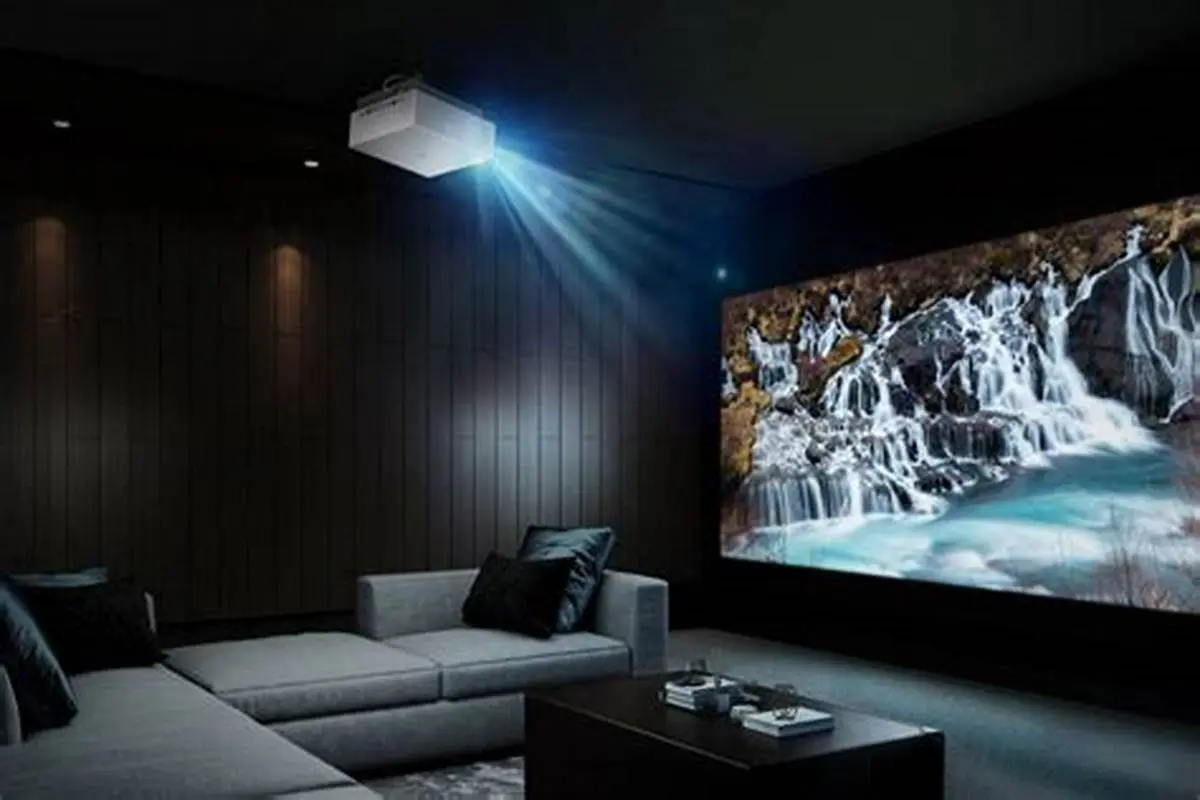Posted At: 5月 08, 2025 - 1,158 Views

Smart projectors have revolutionized the way we experience visual content, offering portability, high-definition imaging, and smart features in compact designs. At the heart of these devices lies a complex integration of hardware components that work seamlessly to deliver outstanding performance. This article takes you inside the hardware of our best-selling smart projectors, highlighting the technologies that make them stand out in a competitive market.
Imaging Technology: The Core of Visual Excellence
Digital Light Processing (DLP)
DLP technology utilizes microscopic mirrors to project images with high precision. This system offers:
High Contrast Ratios: Delivering deep blacks and bright whites for vivid images.
Fast Response Times: Ideal for fast-moving content like sports or action movies.
Compact Design: Allowing for slimmer projector profiles.
3LCD Technology
3LCD projectors use three separate liquid crystal panels to produce images, resulting in:
Accurate Color Reproduction: Providing rich and vibrant colors.
Smooth Gradations: Ensuring seamless transitions in images.
Energy Efficiency: Consuming less power compared to other technologies.
Laser Light Sources
Laser projectors offer several advantages over traditional lamp-based systems:
Long Lifespan: Often exceeding 20,000 hours of use.
Consistent Brightness: Maintaining image quality over time.
Instant On/Off: Eliminating warm-up and cool-down periods.
Processing Power: The Brain Behind the Performance
High-Performance Processors
Our projectors are equipped with advanced processors that handle various tasks:
Image Processing: Enhancing picture quality through upscaling and noise reduction.
Smart Features: Supporting voice control, app integration, and user interface responsiveness.
Connectivity Management: Ensuring smooth streaming and input switching.
Memory and Storage
Adequate RAM and internal storage are crucial for:
Multitasking: Running multiple applications simultaneously without lag.
Content Storage: Allowing users to save media directly on the projector.
Firmware Updates: Facilitating seamless software enhancements.
Connectivity: Bridging Devices and Content
Wireless Options
Modern projectors offer a range of wireless connectivity features:
Wi-Fi: Enabling direct streaming from online platforms.
Bluetooth: Allowing connection to external speakers or input devices.
Screen Mirroring: Supporting protocols like Miracast and AirPlay for easy casting.
Wired Interfaces
Essential ports and connections include:
HDMI: Supporting high-definition video and audio input.
USB-C: Offering power delivery and data transfer capabilities.
Audio Out: Connecting to external sound systems for enhanced audio.
Power Solutions: Ensuring Uninterrupted Viewing
Built-In Batteries
Portable projectors often feature integrated batteries:
Extended Use: Providing several hours of playback without the need for external power.
Convenience: Allowing for outdoor or on-the-go usage.
USB-C Power Delivery
USB-C ports support:
Fast Charging: Reducing downtime between uses.
Versatility: Enabling charging from various power sources, including power banks.
User Interface and Smart Features
Operating Systems
Our projectors run on user-friendly operating systems:
Android TV: Offering access to a wide range of apps and services.
Custom UIs: Tailored interfaces for intuitive navigation and control.
Voice Control and Remote Access
Integration with voice assistants and mobile apps provides:
Hands-Free Operation: Controlling the projector through voice commands.
Remote Management: Adjusting settings and content from smartphones or tablets.
Audio Capabilities: Complementing Visuals with Sound
Built-In Speakers
High-quality internal speakers deliver:
Clear Audio: Suitable for casual viewing without external systems.
Compact Design: Eliminating the need for additional equipment.
External Audio Support
For enhanced sound experiences:
Bluetooth Connectivity: Pairing with wireless speakers or soundbars.
Audio Output Ports: Connecting to home theater systems for immersive audio.
Durability and Design: Built to Last
Robust Construction
Our projectors are designed with durability in mind:
Heat Management: Efficient cooling systems to prevent overheating.
Dust Resistance: Sealed components to protect against environmental factors.
Aesthetic Appeal
Sleek and modern designs ensure:
Home Integration: Blending seamlessly with various interior styles.
Portability: Lightweight structures for easy transportation.
Comparative Overview of Key Hardware Features
| Feature | Description | Benefit |
|---|---|---|
| Imaging Technology | DLP, 3LCD, Laser | High-quality visuals |
| Processor | High-speed CPUs with ample RAM | Smooth operation and multitasking |
| Connectivity | Wi-Fi, Bluetooth, HDMI, USB-C | Versatile content access |
| Power Solutions | Built-in batteries, USB-C charging | Portability and convenience |
| Audio Capabilities | Integrated speakers, external audio support | Enhanced sound experience |
| Design and Durability | Compact, robust construction | Longevity and aesthetic appeal |

